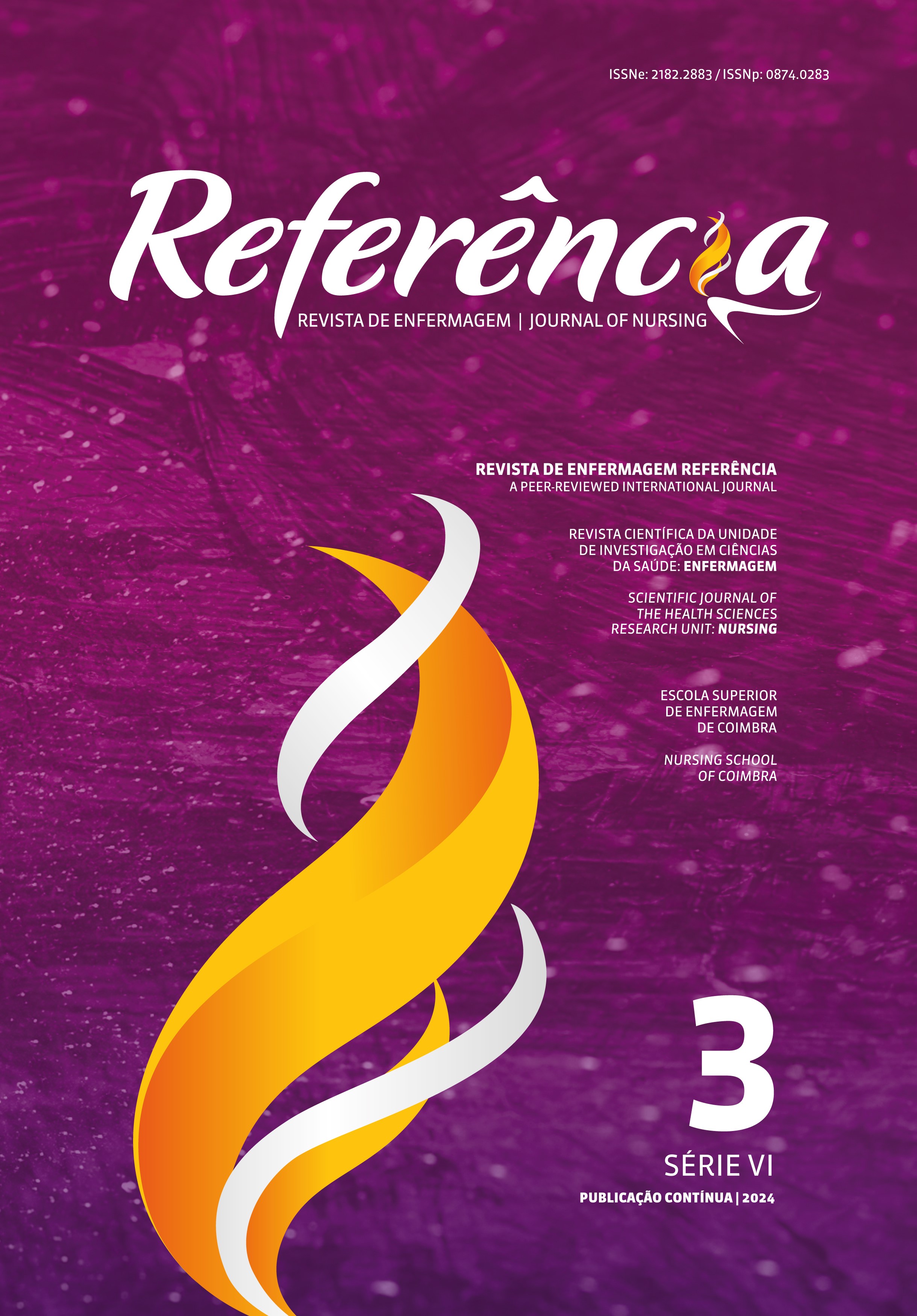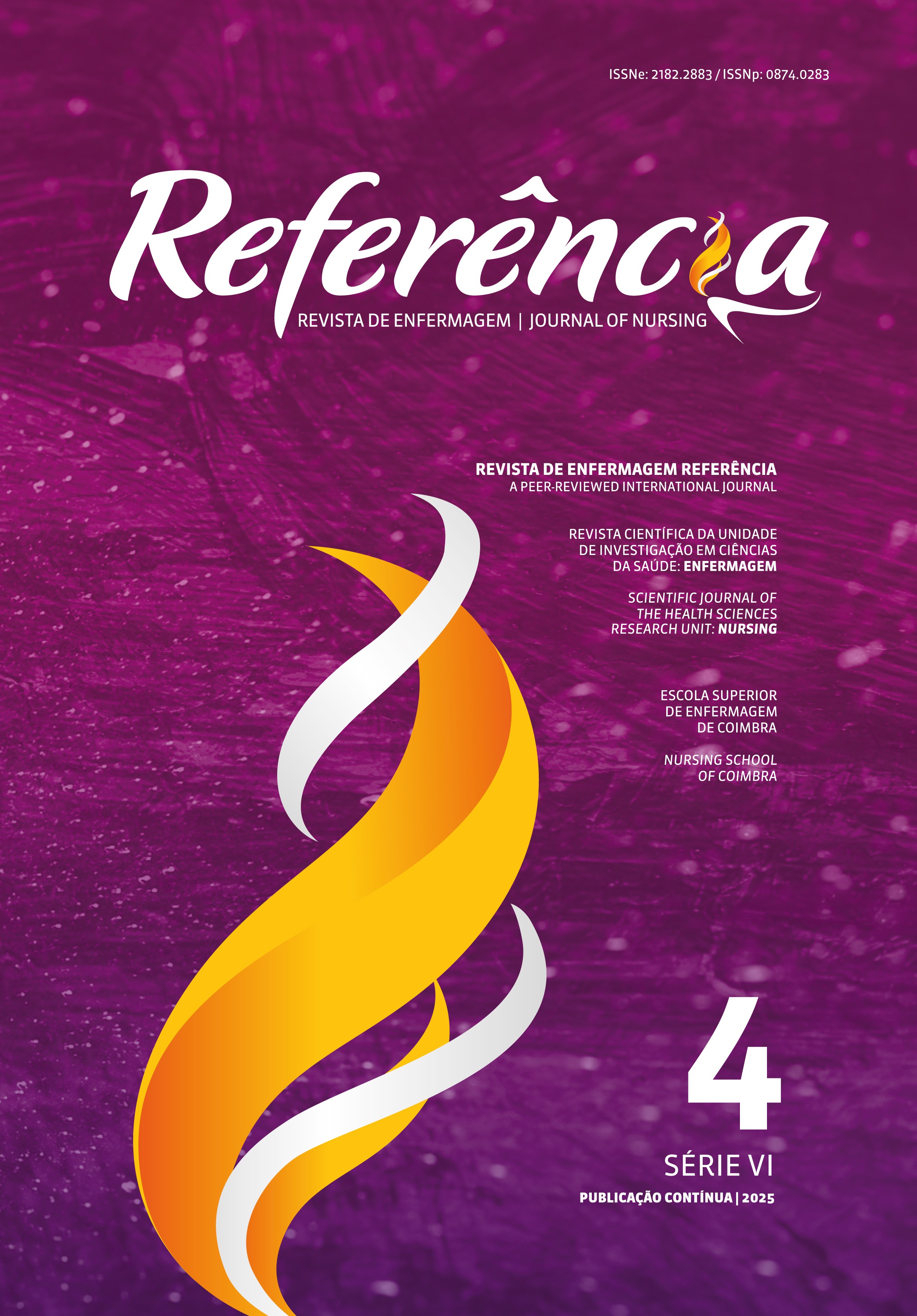Pacientes oncológicos usuarios frecuentes de los servicios de urgencias: Principales características demográficas y clínicas
DOI:
https://doi.org/10.12707/RVI23.155.34094Palabras clave:
gestión de casos, neoplasias, pacientes con cáncer, servicio de urgencias hospitalario, uso del servicio de urgencias, sobremedicalizaciónResumen
Marco contextual: Los pacientes con cáncer suelen acudir con frecuencia a los servicios de urgencias (SU) y pueden tener más episodios de hospitalización no programada. Algunos episodios podrían evitarse com programas de seguimiento adecuados.
Objetivo: Identificar las características de sexo, edad y enfermedad de los pacientes que acuden con más frecuencia a urgencias en una institución especializada en el tratamiento del cáncer.
Metodología: Estudio de cohorte retrospectivo de pacientes adultos de una institución especializada en el tratamiento del cáncer, mediante el análisis de las variables edad, sexo, características de la enfermedad y utilización de recursos en las historias clínicas de tres grupos con diferentes intensidades de acceso al SU.
Resultados: Los pacientes que más acudieron a urgencias suelen ser tratados con quimioterapia, y los cánceres diagnosticados con más frecuencia son los del sistema hematopoyético y reticuloendotelial, y de los gânglios linfáticos, con invasión ganglionar o metástasis. La edad y el sexo no implica que se recurra más a urgencias.
Conclusión: Identificar el perfil de estos pacientes permite elaborar programas de seguimiento más detallados para intentar reducir las visitas a urgencias y las hospitalizaciones no programadas.
Descargas
Citas
Alishahi Tabriz, A., Turner, K., Hong, Y. R., Gheytasvand, S., Powers, B. D., & Elston Lafata, J. (2023). Trends and Characteristics of Potentially Preventable Emergency Department Visits Among Patients With Cancer in the US. JAMA Netw Open, 6(1), e2250423. https://doi.org/10.1001/jamanetworkopen.2022.50423
Barazzuol, L., Coppes, R. P., & Van Luuk, P. (2020). Prevention and treatment of radiotherapy-induced side effects. Mol Oncol, 14, 1538-1554. https://doi.org/10.1002/1878-0261.12750
Barbera, L., Taylor, C., & Dudgeon, D. (2010). Why do patients with cancer visit the emergency department near the end of life? CMAJ, 182(6), 563-568. https://doi.org/10.1503/cmaj.091187
Gallaway, M. S., Idaikkadar, N., Tai, E., Momin, B., Rohan, E. A., Townsend, J., Puckett, M., & Stewart, S. L. (2021). Emergency department visits among people with cancer: Frequency, symptoms, and characteristics. J Am Coll Emerg Physicians Open, 2. https://doi.org/10.1002/emp2.12438
Gonçalves, S., von Hafe, F., Martins, F., Menino, C., Guimaraes, M. J., Mesquita, A., Sampaio, S., & Londral, A. R. (2022). Case management intervention of high users of the emergency department of a Portuguese hospital: a before-after design analysis. BMC Emerg Med, 22(1), 159. https://doi.org/10.1186/s12873-022-00716-3
Goodwin, N., Curry, N., & Ross, S. (2011). Case management: what it is and how it can best be implemented.
Gould Rothberg, B. E., Quest, T. E., Yeung, S. J., Pelosof, L. C., Gerber, D. E., Seltzer, J. A., Bischof, J. J., Thomas, C. R., Jr., Akhter, N., Mamtani, M., Stutman, R. E., Baugh, C. W., Anantharaman, V., Pettit, N. R., Klotz, A. D., Gibbs, M. A., & Kyriacou, D. N. (2022). Oncologic emergencies and urgencies: A comprehensive review. CA Cancer J Clin, 72(6), 570-593. https://doi.org/10.3322/caac.21727
Goyal, R. K., Wheeler, S. B., Kohler, R. E., Lich, K. H., Lin, C. C., Reeder-Hayes, K., Meyer, A. M., & Mayer, D. K. (2014). Health care utilization from chemotherapy-related adverse events among low-income breast cancer patients: effect of enrollment in a medical home program. N C Med J, 75, 231-238. https://doi.org/10.18043/ncm.75.4.231
Grewal, K., Krzyzanowska, M. K., McLeod, S., Borgundvaag, B., & Atzema, C. L. (2020). Outcomes after emergency department use in patients with cancer receiving chemotherapy in Ontario, Canada: a population-based cohort study. CMAJ Open, 8(3), E496-E505. https://doi.org/10.9778/cmajo.20190198
Hudon, C., Chouinard, M. C., Dumont-Samson, O., Gobeil-Lavoie, A. P., Morneau, J., Paradis, M., Couturier, Y., Poitras, M. E., Poder, T., Sabourin, V., & Lambert, M. (2023). Integrated case management between primary care clinics and hospitals for people with complex needs who frequently use healthcare services in Canada: A multiple-case embedded study. Health Policy, 132, 104804. https://doi.org/10.1016/j.healthpol.2023.104804
Isikber, C., Gulen, M., Satar, S., Avci, A., Acehan, S., Isikber, G. G., & Yesiloglu, O. (2020). Evaluation of the frequency of patients with cancer presenting to an emergency department. Rev Assoc Med Bras, 66, 1402-1408. https://doi.org/10.1590/1806-9282.66.10.1402
Kim, Y. J., Seo, D. W., & Kim, W. Y. (2021). Types of cancer and outcomes in patients with cancer requiring admission from the emergency department: A nationwide, population-based study, 2016-2017. Cancer, 127(14), 2553-2561. https://doi.org/10.1002/cncr.33534
Kirkland, S. W., Garrido-Clua, M., Junqueira, D. R., Campbell, S., & Rowe, B. H. (2020). Preventing emergency department visits among patients with cancer: a scoping review. Support Care Cancer, 28, 4077-4094. https://doi.org/10.1007/s00520-020-05490-1
Koch, M., Varga, C., Soos, V., Prenek, L., Porcsa, L., Szakall, A., Bilics, G., Hunka, B., Bellyei, S., Giran, J., Kiss, I., & Pozsgai, E. (2022). Main reasons and predictive factors of cancer-related emergency department visits in a Hungarian tertiary care center. BMC EmergMed, 22(1), 114. https://doi.org/10.1186/s12873-022-00670-0
Lee, S. Y., Ro, Y. S., Shin, S. D., & Moon, S. (2021). Epidemiologic trends in cancer-related emergency department utilization in Korea from 2015 to 2019. Sci Rep, 11(1), 21981. https://doi.org/10.1038/s41598-021-01571-1
Leonard, M., & Miller, E. A. (2012). Nursing Case Management. American Nurses Credentialing Center.
Leshinski, R., Plakht, Y., & Farroujha, A. (2023). The Definition of Non-Urgent Visits to the Emergency Department and Validation of Criteria for Referrals. Open Journal of Emergency Medicine, 11(01), 1-15. https://doi.org/10.4236/ojem.2023.111001
Li, S., Peng, Y., Liu, J., Li, S., Raskin, L., Kelsh, M. A., Zaha, R., Gawade, P. L., Henry, D., & Lynan, G. H. (2020). Variations in hospitalization and emergency department/observation stays using the oncology care model methodology in Medicare data. Curr Med Res Opin, 36, 1519-1527. https://doi.org/10.1080/03007995.2020.1801403
Loerzel, V. W., Hines, R. B., Deatrick, C. W., Geddie, P. I., & Clchesy, J. M. (2021). Unplanned emergency department visits and hospital admissions of older adults under treatment for cancer in the ambulatory/community setting. Supportive Care in Cancer, 29(12), 7525-7533. https://doi.org/10.1007/s00520-021-06338-y
Majka, E. S., & Trueger, N. S. (2023). Emergency Department Visits Among Patients With Cancer in the US. JAMA NetwOpen, 6(1), e2253797. https://doi.org/10.1001/jamanetworkopen.2022.53797
Malebranche, M., Grazioli, V. S., Kasztura, M., Hudon, C., & Bodenmann, P. (2021). Case management for frequent emergency department users: no longer a question of if but when, where and how. CJEM, 23(1), 12-14. https://doi.org/10.1007/s43678-020-00024-4
Marar, M., Gabriel, P., Hwang, W. T., Owen, D. R., Ju, M., Simone, C. B., Christodouleas, J., Vapiwala, N., & Berman, A. T. (2018). Acute Hospital Encounters in Cancer Patients Treated With Definitive Radiation Therapy. Int J Radiat Oncol Biol Phys, 101, 935-944. https://doi.org/10.1016/j.ijrobp.2018.04.025
Nene, R. V., Brennan, J. J., Castillo, E. M., Tran, P., Hsia, R. Y., & Coyne, C. J. (2021). Cancer-related Emergency Department Visits: Comparing Characteristics and Outcomes. West J Emerg Med, 22, 1117-1123. https://doi.org/10.5811/westjem.2021.5.51118
Oatley, M., Fry, M., & Mullen, L. (2016). A cross-sectional study of the clinical characteristics of cancer patients presenting to one tertiary referral emergency department. Int Emerg Nurs, 24, 35-38. https://doi.org/10.1016/j.ienj.2015.05.007
Orem, D. (2001). Nursing Concepts of Practice (6th ed.). Mosby. Peyrony, O., Fontaine, J. P., Beaune, S., Khoury, A., Truchot, J., Balen, F., Vally, R., Schmitt, J., Ben, H. K., Roussel, M., Borzymowski, C., Vallot, C., Sanh, V., Azoulay, E., & Chevret, S. (2020). EPICANCER-Cancer Patients Presenting to the Emergency Departments in France: A Prospective Nationwide Study. J Clin Med, 9. https://doi.org/10.3390/jcm9051505
Powell, S. K., & Tahan, H. M. (2021). Case Management: A Practical Guide for Education and Practice (4th Ed. ed.). Wolters Kluwer Health. Schaad, L., Graells, M., Kasztura, M., Schmutz, E., Moullin, J., Hugli, O., Daeppen, J. B., Ambrosetti, J., Ombelli, J., Golay, M., Ribordy, V., Grazioli, V. S., & Bodenmann, P. (2023). Perspectives of Frequent Users of Emergency Departments on a Case Management Intervention: A Qualitative Study. Inquiry, 60, 469580231159745. https://doi.org/10.1177/00469580231159745
Verhoef, M. J., De Nijs, E., Horeweg, N., Fogteloo, J., Heringhaus, C., Jochems, A., Fiocco, M., & Van Der Linden, Y. (2020). Palliative care needs of advanced cancer patients in the emergency department at the end of life: an observational cohort study. Support Care Cancer, 28, 1097-1107. https://doi.org/10.1007/s00520-019-04906-x
Williams, M., Kelly, L., & Knapp, H. (2022). Emergency Department Utilization by Navigated Oncology Patients Compared with Non-Navigated Oncology Patients. JONS - online, 13(2).






















